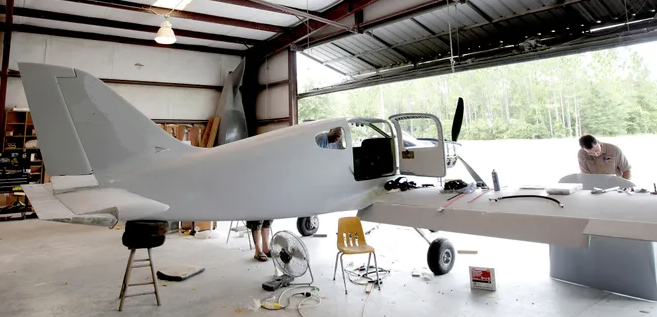The eFlight ‘MUNDUS’
“Innovation is taking things that exist and putting them together in a new way“
Tom Freston - Co-founder of MTV
The “MUNDAS’ is being developed as a composite, two-seater, single engine aircraft, built for the recreational flyer and flight training sector.
Our redesigned hybrid aircraft combination exceeded all our expectations, beating all currently announced potential competitors, that we know of, by a significant margin. The ‘Mundus’ will use the lightest components in a new composite moulded aircraft design, that we can mass produce in the future. This will give our aircraft a

Maximum Take OFF Weight (MTOW) of 3500 lbs (1600 kg) with a whopping 2000 lbs + (900 kg +) of batteries.
It is important to recognise that Electric motors have much more torque at the same horsepower rating, so a 100hp electric motor has as much torque as a 250hp ICE does. It also has lots more torque at the beginning of the curve where an ICE has low torque and low HP which then builds up. An electric motor just starts and goes and has masses of constant power.
We estimate that a 100kW electric motor will give the e-Flight ‘MUNDAS’ a very efficient cruising speed of 200 MPH (322 kph).

The 2000 lbs of the latest lithium-Ion batteries, with a power to weight ratio of 275 W/kg (125 W/lb), at a cruising speed of 200 mph, using a 100kW electric motor, would give an estimated range of 400 miles and roughly 120 minutes of flight time. In two- or three-years’ time, with new battery developments, this could potentially exceed 600 miles and nearly three hours of flight time. As it will be three years before we need to install the actual ‘flight’ batteries we hope to be into the longer-range predictions by then. Unless of course Elon was completely wrong!
In keeping everything as close as possible to the same weight and balance of an equivalent Internal Combustion Engine we can benefit from the proven design. A conventional ICE engine would weigh in at over 500 lbs (227 kg) (wet), while the equivalent electric motor is less than a quarter of that. This permits us to place at least 400 lbs (182 kg) of batteries in the usual engine area of the aircraft.
In addition, the two-seater ‘MUNDAS’ will utilise the previous rear passenger space for, at least, another 500 lbs of batteries and 550 lbs of batteries will be mounted in each wing, replacing the 200-gallon wet wing fuel tanks.

In addition, the ‘Mundus’ is the size of a four-seater, but built as a two-seater, using the rear space for, at least, another 500 lbs (227 kg) of batteries. And if that wasn’t enough, our hollow wing design allows us to place 550 lbs of batteries in each wing.
